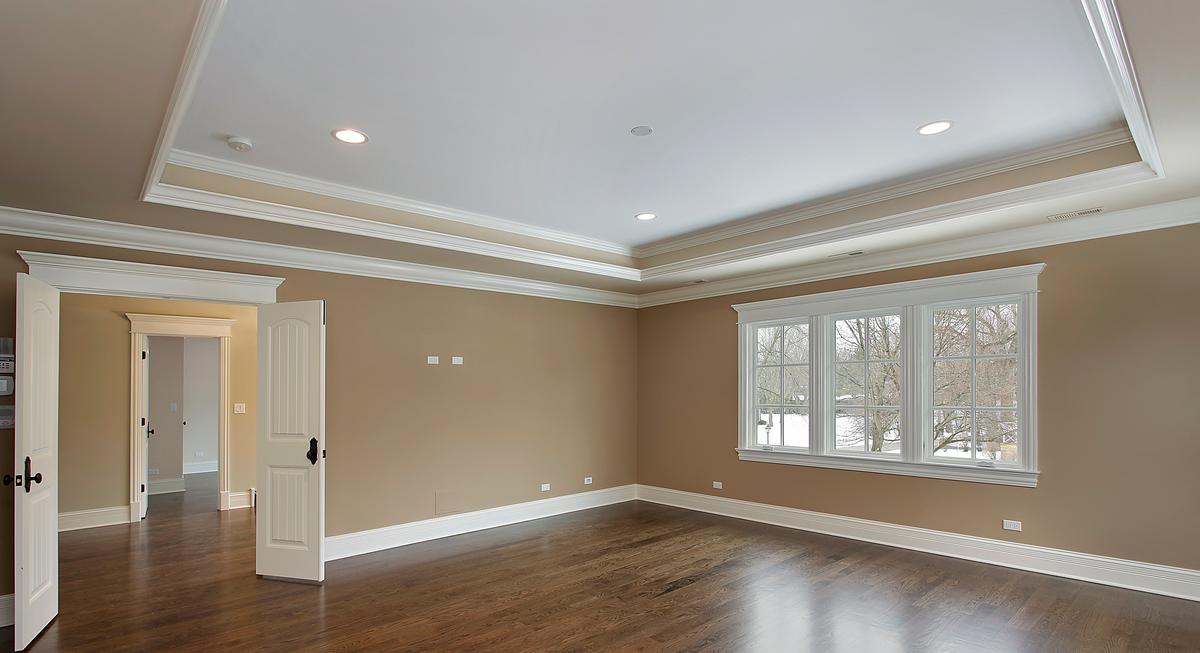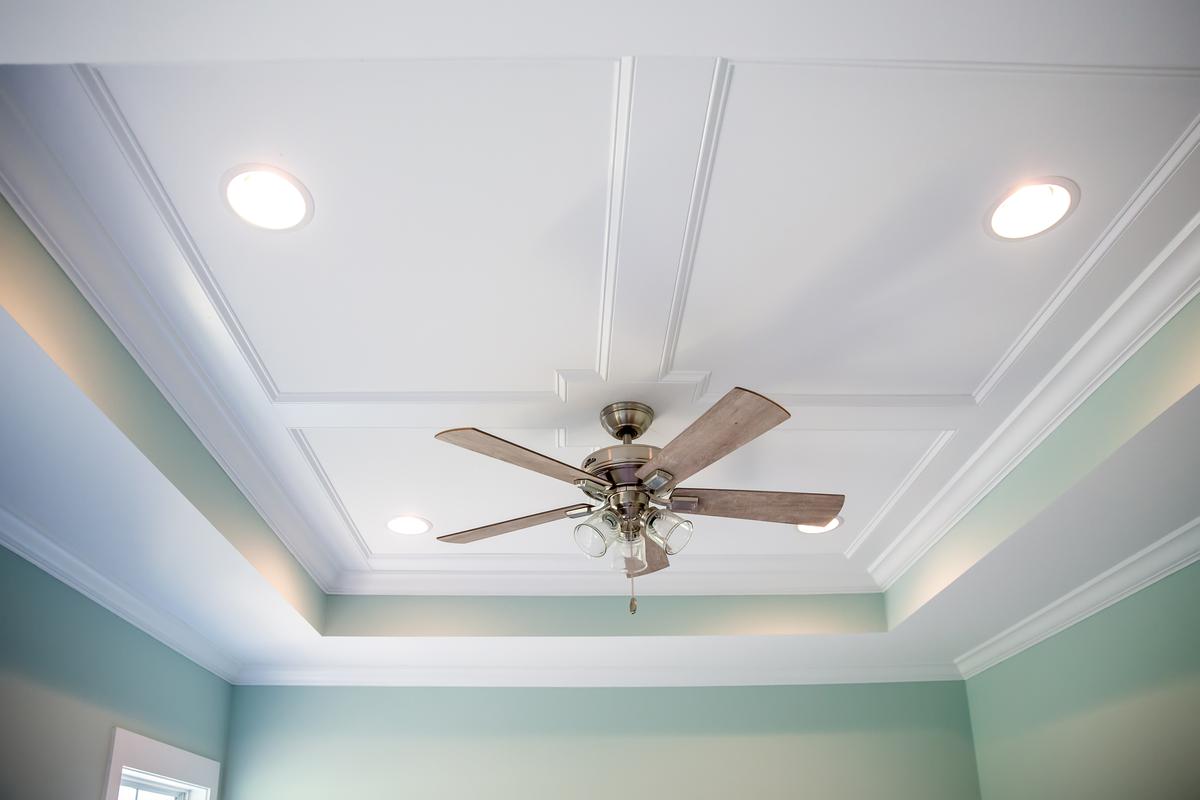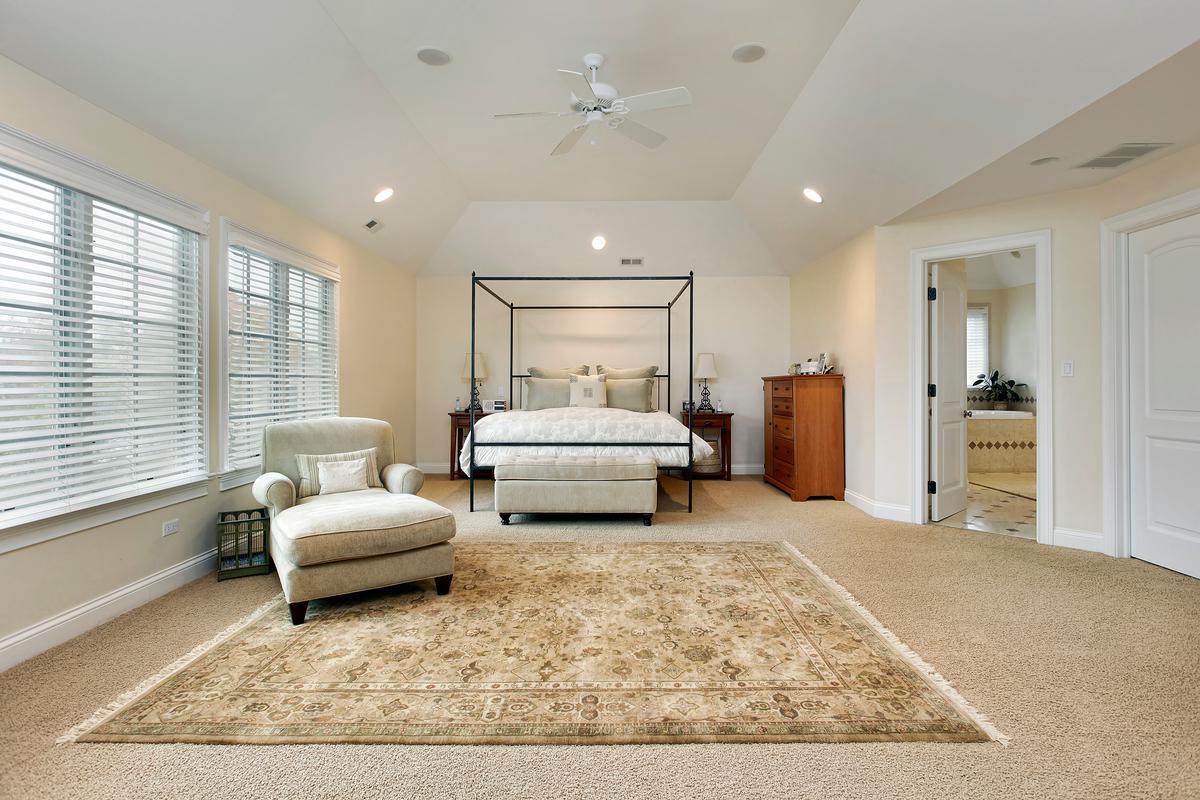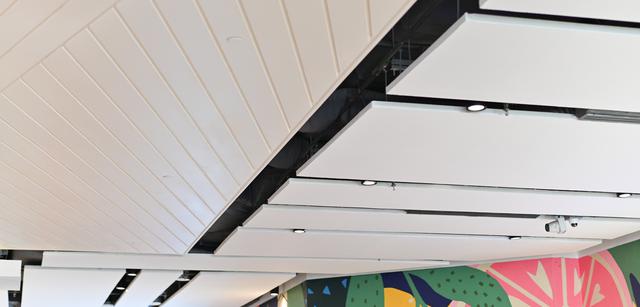Tray ceilings are a popular design feature in modern homes, characterized by a raised center section that creates an inverted tray shape. They add depth and interest to a room, making it feel larger.
Tray ceilings come in various shapes and styles, including rectangular, oval, and circular, and are often found in living rooms, dining rooms, and bedrooms. They can be tailored to match the existing decor or serve as a focal point.
If you're considering a tray ceiling for your home, keep a few things in mind: decide on the shape and style, consider the ceiling height and room size, and choose the right materials and lighting. With thoughtful design and construction, a tray ceiling can be a beautiful and functional addition to any room.
Defining a Tray Ceiling
If you're looking to add architectural interest to your home, a tray ceiling might be the perfect solution. It features a recessed center section that is higher than the surrounding edges, creating an inverted tray effect.
Tray ceilings can complement various home styles, from traditional to modern. They are commonly seen in formal dining rooms, bedrooms, and living rooms, but they can enhance any room in the house.
One benefit of a tray ceiling is its ability to make a room feel more spacious. The raised center draws the eye upward, creating the illusion of height. Additionally, tray ceilings add visual interest to otherwise plain rooms.









comments